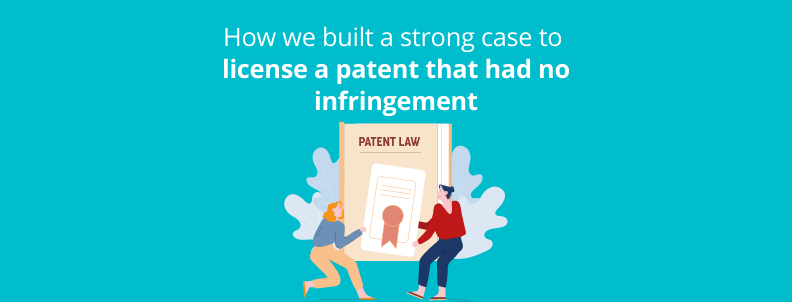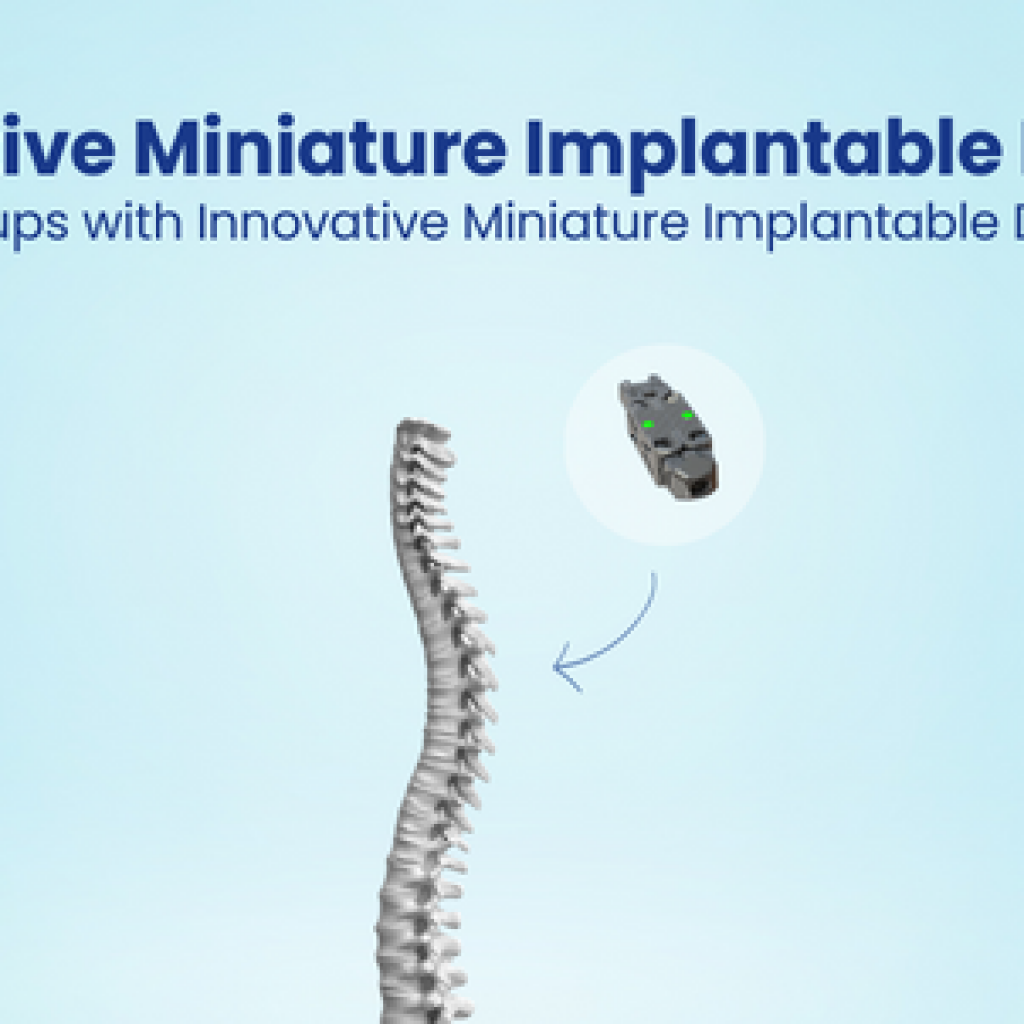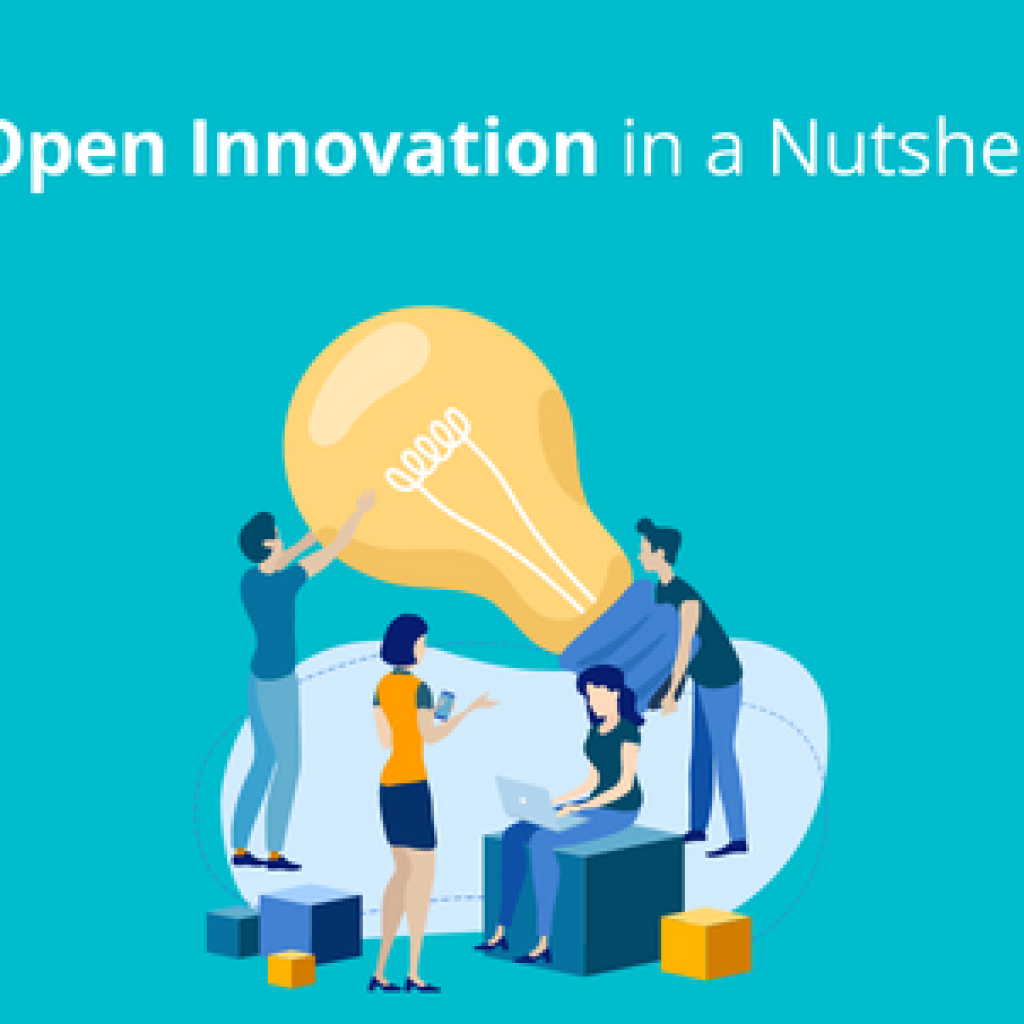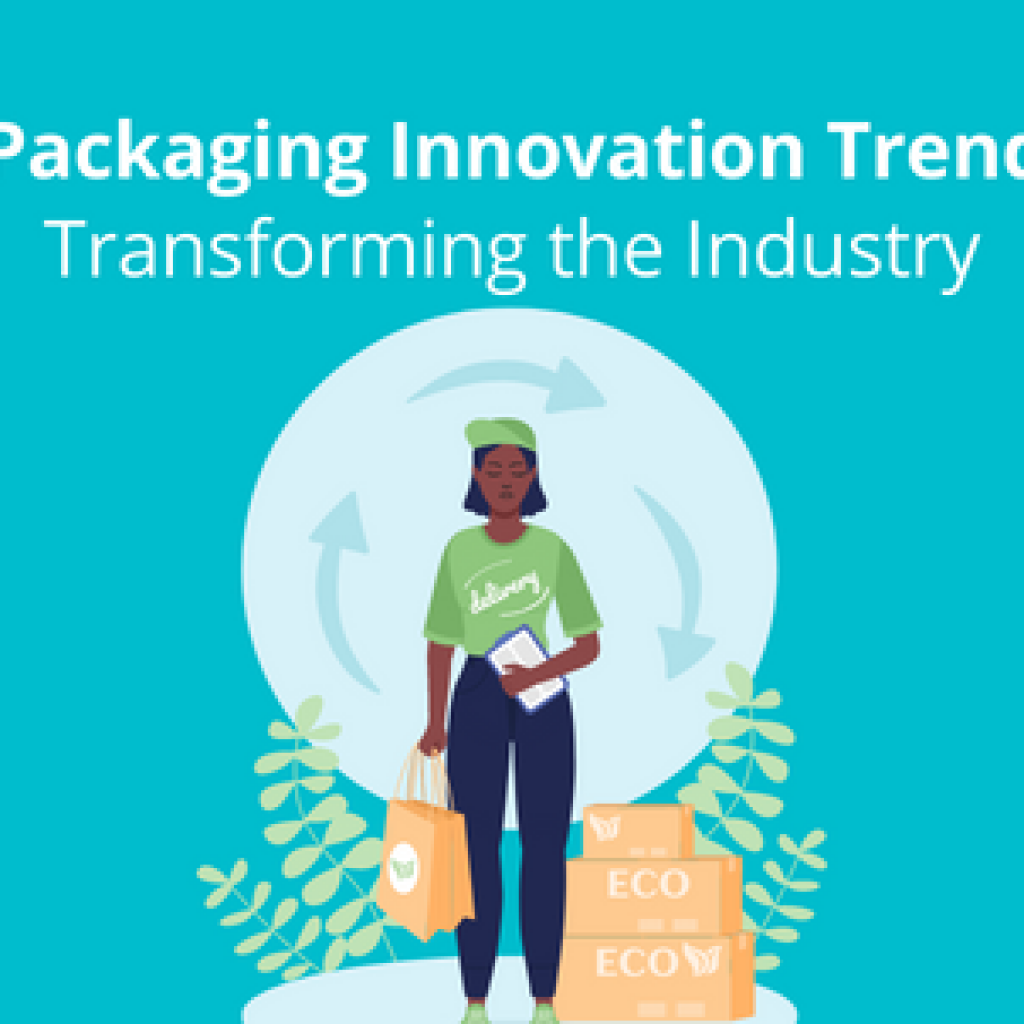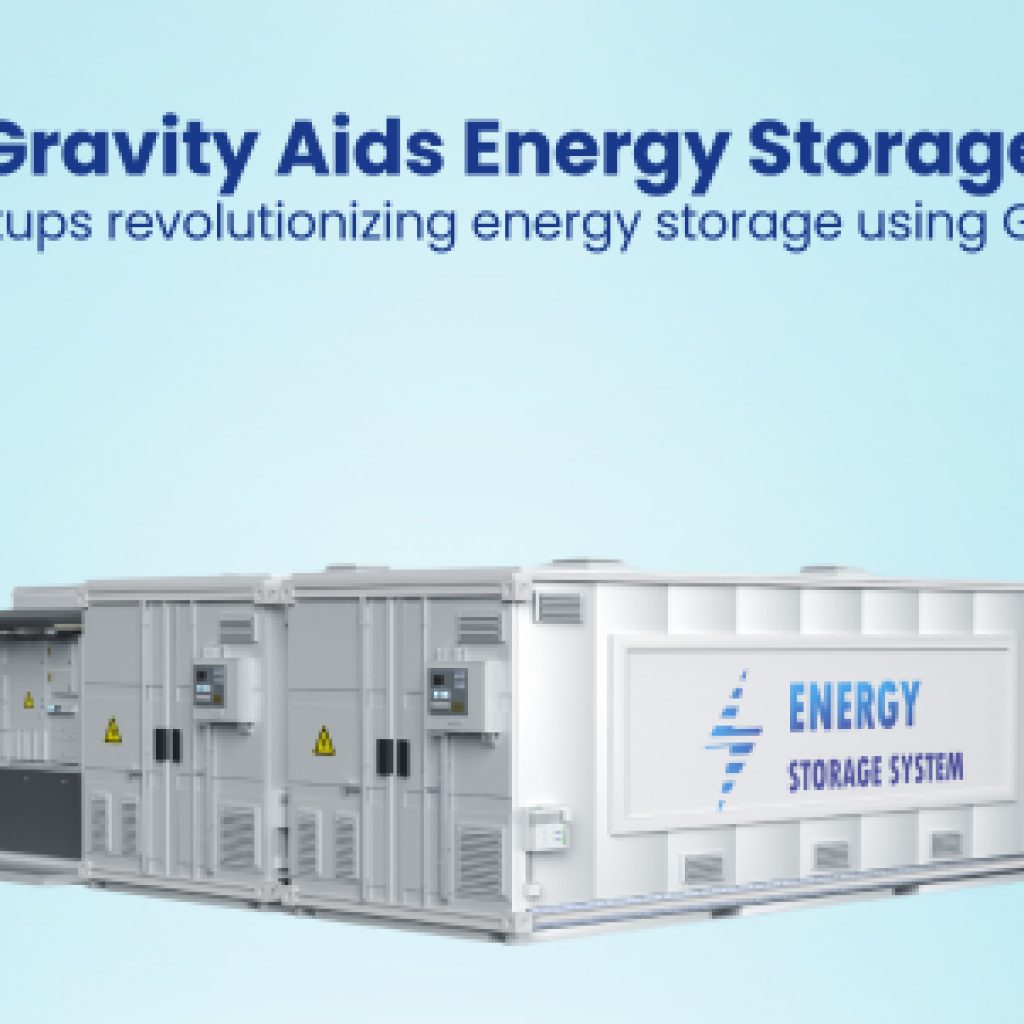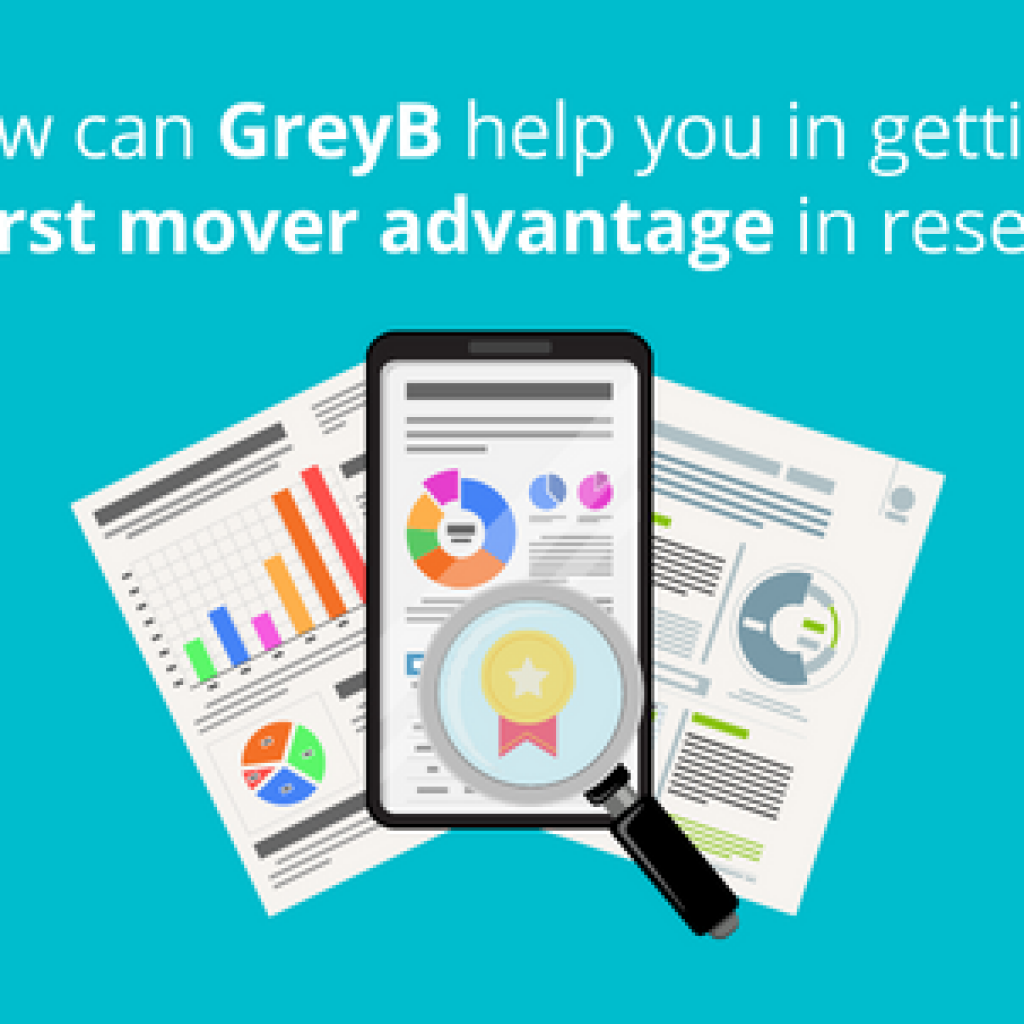“A problem is a chance for you to do your best.” -Duke Ellington
For my team, this case was a chance to brainstorm the best strategies to monetize patents when there is no infringement. How did we get here? What did we do next? And how did we win this one? Well, let’s back track a little.
It was just another day at work, looking at mails, working on some cases, and taking up queries from potential clients when Jack, a university professor, approached us. It appeared to be a mainstream case where he required our help to monetize his patent. The patent was related to the prevention of a medical condition.
Jack’s idea was to use the licensing money to build a functional prototype and later into a marketable medical device. He had no intentions of selling his patent.
Honestly, no matter how many such cases come up, I was always excited for them. Knowing about inventions that haven’t yet made it to the market and might hold the potential to make it BIG – is interesting ALWAYS!
I’m always keen to learn something new and worth sharing with everyone. Since you are reading this article, you can understand that this case brought new learnings with it.
How we found that Jack’s invention is better than solutions in the market
Starting off with the mandatory first step, we checked for infringement potential, but nothing impressive came up. In addition, we had to check if the invention held any grounds against the already available products/alternatives addressing the problem. As a result, we checked various related products/devices that were already available in the market.
With no overlapping, monetization of Jack’s patent on basis of the infringement was not an option. But, this step helped us figure out the USP of our patent (Jacks’ envisioned product).
We highlighted the results to Jack, telling him that the already available products provided a partial and/or naïve solution (i.e., either the detection or prevention of the medical condition), which involved human effort, too. But, his patent covers a complete solution (i.e., detection as well as prevention of the medical condition) and required ZERO human effort. It was hence established that the invention was an improvement over the current solutions.
To get Jack a high return, we shifted the focus of the project towards finding companies that would be interested in collaborating with him for his medical device.
Onto the next Strategy
How we found the Companies that would be interested in the patent
We have already established the USP of the invention (in market respect) and the next step was to figure out whether anyone would be interested in investing in such an invention. I started with tracking recent transactions (i.e., mergers/acquisitions) that happened in the medical tech domain. I quickly explored this direction and was able to identify two transactions here.
The highlight of our findings was that the buyers in both these transactions were big corporations.
Both these companies were trying to solve the same problem (prevention or treatment of the medical condition) but had not yet solved them fully.
I even observed that their interest in the particular problem had made them acquire other companies despite having their own product line – this indicated their strong investment interest in the domain. But the acquired companies were only selling partial/naïve solutions and I was positive that they would definitely be interested in an improved product which was Jack’s envisioned device.
As a cherry on top, I had identified two leads in quick research, signaling that there might be other companies as well, with investment interest in the tech domain – thus giving us room for negotiations and Jack can get the best price possible.
Analyzing the hurdles when marketing the device
You might think the job is done! Jack now had potential leads who would be interested and also clearly defined USP on why this is a good opportunity for them.
However, there might still be some hurdles that might hinder/delay the achievement of our objective.
Let me put it this way, what I am talking about here is similar to checking encumbrances for a patent portfolio before it is put up for sale. This ensures that there are no obstacles once the deal gets to the final stage.
As Jack’s patent was related to medical equipment, we checked what various approvals need to be in place to actually market the product. (which makes complete sense!) This pointed us to an important step for such devices – FDA approval.
The FDA approval
Of Course, being a novel invention, the medical device to be commercialized didn’t have approval yet.
If Jack’s product is not FDA-approved potential collaborators might not give the right value to Jack.
Hence, we checked if any similar devices (targeting the same problem) have been previously approved. We did find a device – which performed one of the steps (i.e. detection) at the same part of the body as the invention claimed. It was granted by the FDA.
We conveyed to Jack that the devices targeting problems and performing some similar steps have been previously approved by the FDA. Thus, there was an increased chance of obtaining an FDA approval for his device as well. This would also serve as a plus point during negotiations with various investors.
Decoding different ways to monetize inventions
As we were going to conclude the case, that was when one of our team members thought! There are various grants/awards that support inventors to market their inventions. This opens doors to various grants/scholarships which are available to support such research projects that can be a way for Jack to commercialize his patent.
Moreover, the objective of such grants is usually to develop a prototype, which was in line with our objective of realizing the invention. This, as a result, became a driving force to list down another way in which Jack could monetize his invention. Jack now also had a very clear USP and value proposition on how it is possible of solving the problem that the industry is unable to solve.
Grants/Awards
When exploring the Grants/Awards section, we came across a number of related research projects (i.e., related to prevention of the medical condition) which were awarded a grant by an agency of the US government. Moreover, ceratin articles caught my eye where a university or individual researchers were offered funding to improve the medical sector.


We highlighted to Jack that solutions aiming to solve the same problem in a similar manner are being provided by research grants. So our idea was not a theoretical suggestion. We were sure that the chances of funding is high.
We would like to highlight that there are certain mistakes you must avoid. Here’s an article by one of our experts on 7 Patent Monetization Mistakes You Should Never Make.
Well, that is GreyB for you!
If you also have a patent and want to monetize, you can explore monetization here.
Conclusion
The lesson from Jack’s case brings us to the need to explore multiple directions:
- Who will be willing to “pay” you for a patent (without selling it).
- Look for the fate of inventions (similar to yours) in the domain and ask the right questions (These could include – Did someone try to develop it? Were they successful? Did a particular step hinder their progress? Did they time it right? )
- This also means looking for areas where you must be cautious.
- Analyze the hurdles in any strategy you want to pursue: OR
Just sit back & relax while we give you the best value from the market for your invention. It’s a Pinky GreyB promise!
Authored By: Rishabh Sharma, Infringement

